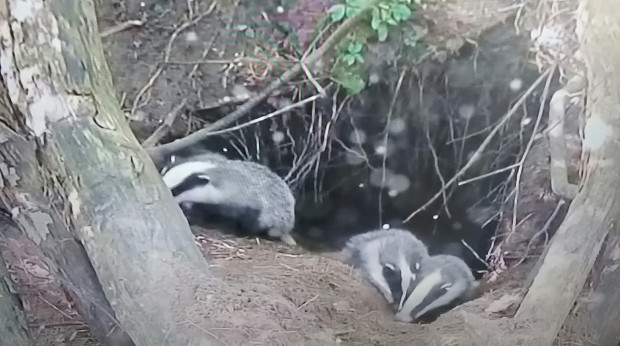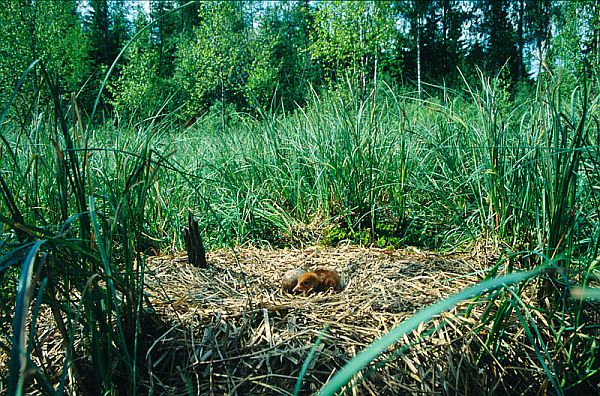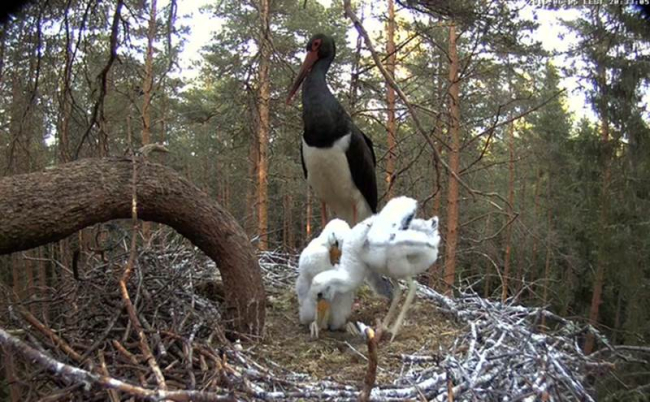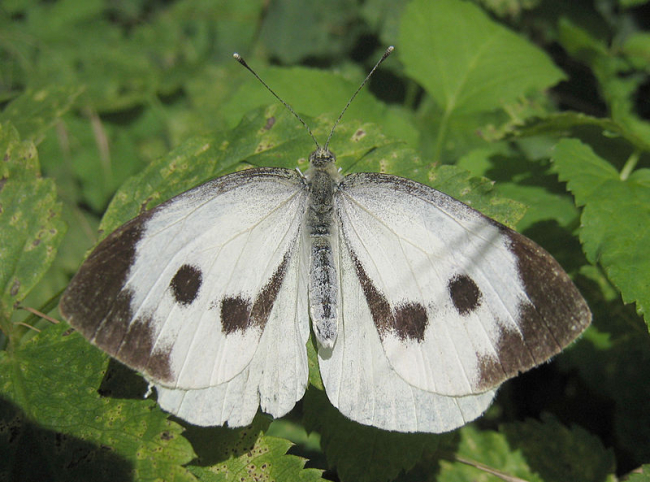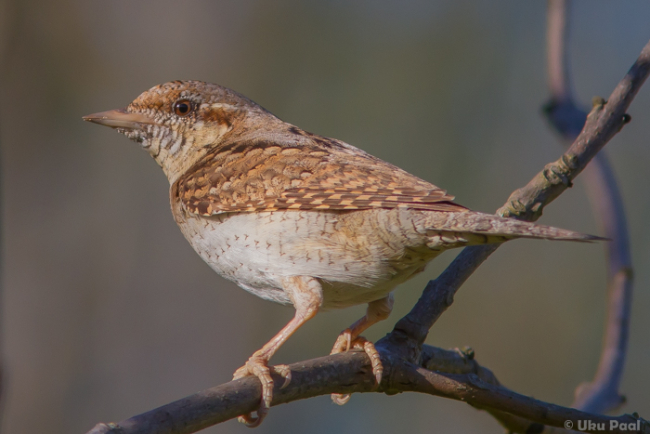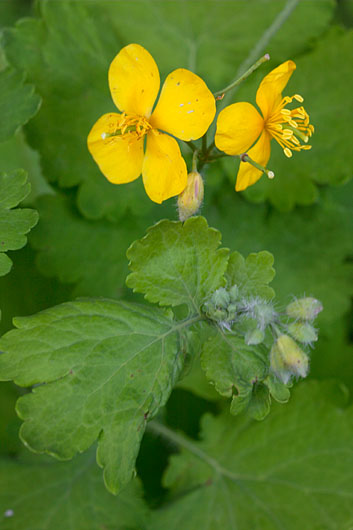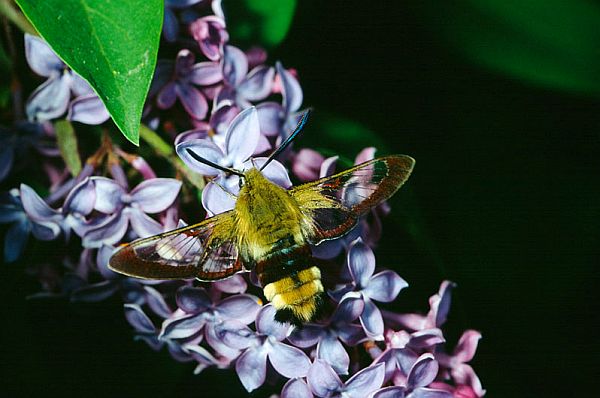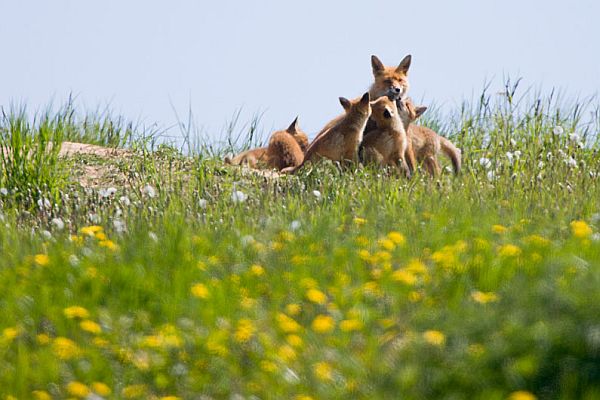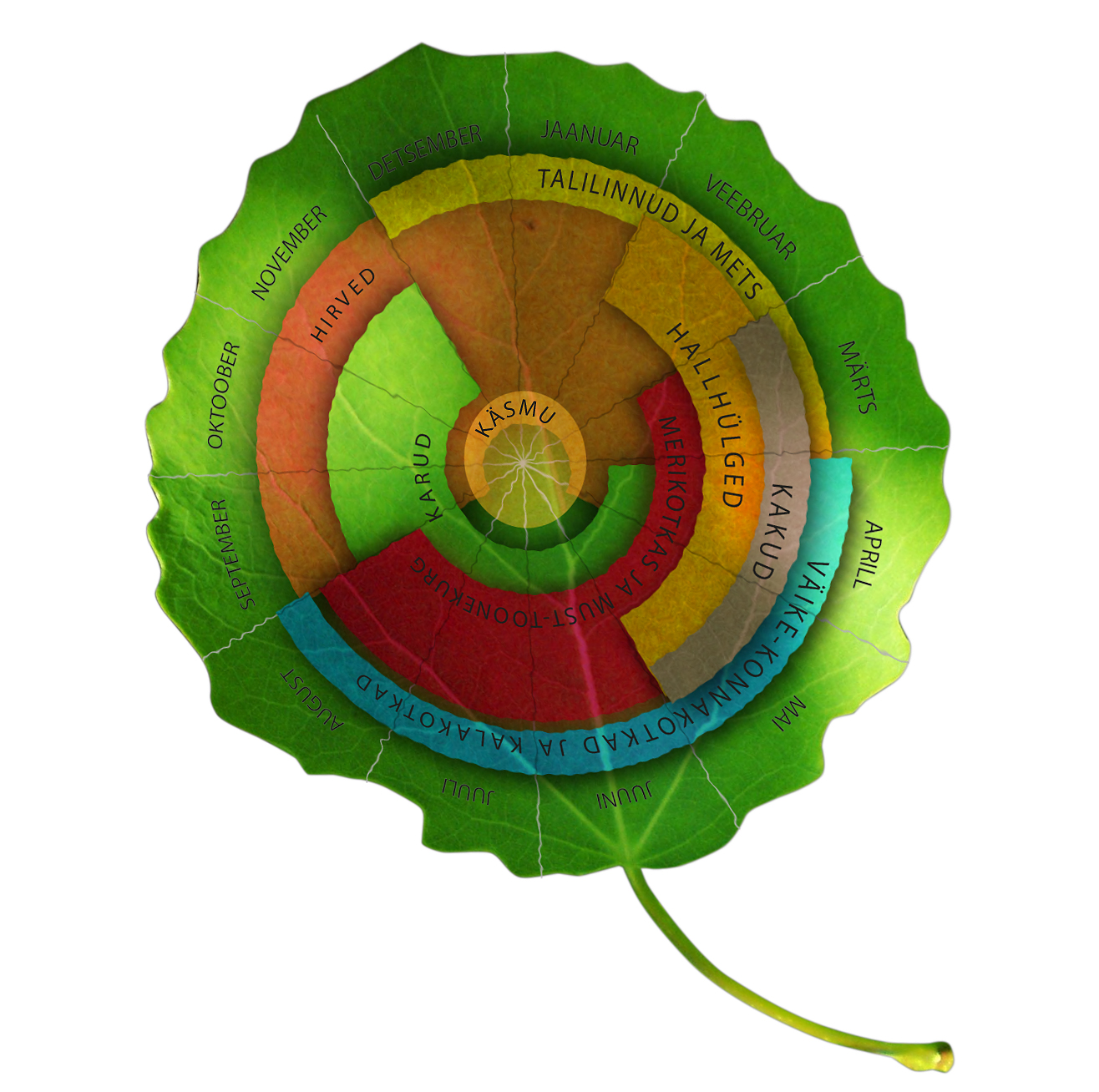Great tits already laying second clutch of eggs
Text Margus Ots, Great Tit Year coordinator
Image from webcam captured by Jo, LK forum
Translation Liis
Great tit Rasvatihane Parus major
In nestbox no 1 with a webcam the chicks left on Friday last week or 4 days ago (Estonian original published 07.06.2016). On checking the nestboxes today it turned out that the great tit was building a new nest and that there were already 2 eggs in it! So she laid the first egg already yesterday, only 3 days after the departure of the clutch.

